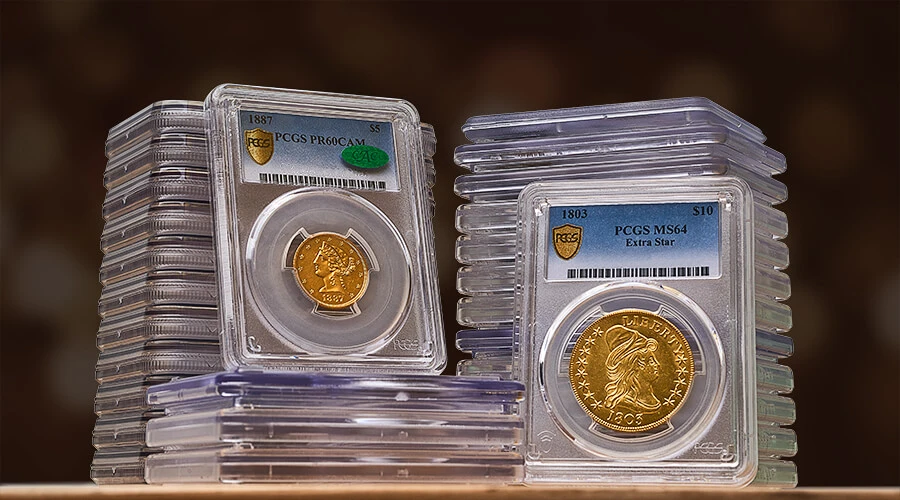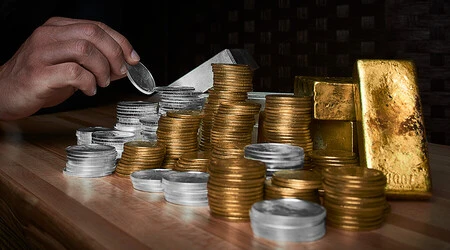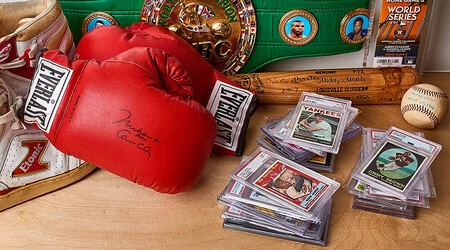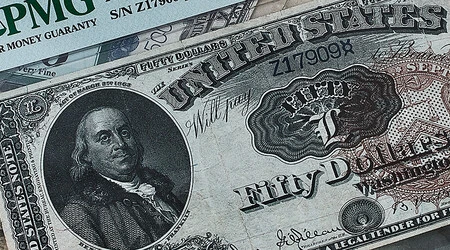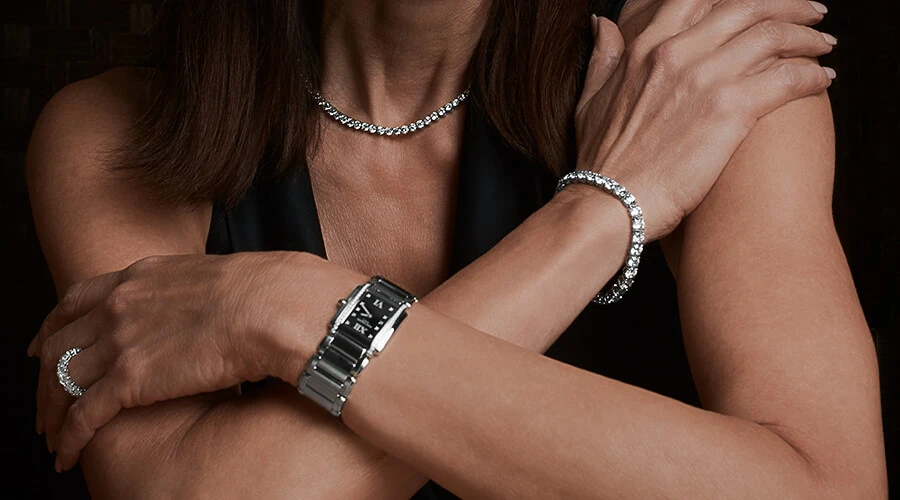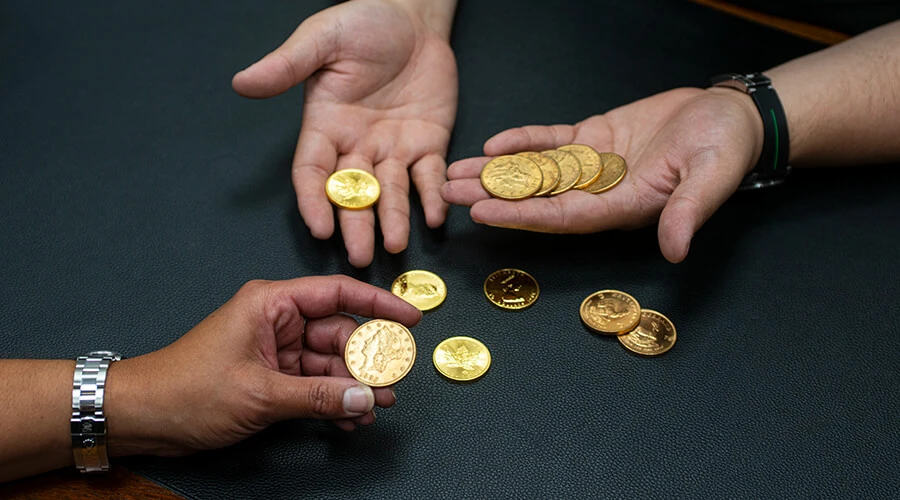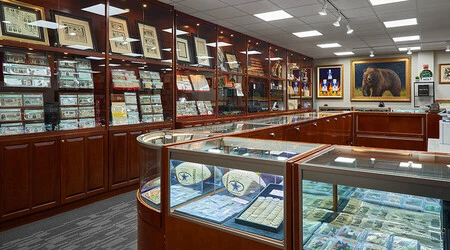Think about the first time you stepped on a diving board or sat at the top of a big water slide. Some of us run and jump and others walk to the edge only to overthink the consequences. So much in life is risk-reward. As adults, we recognize this applies to our careers and so much of it is a gamble. Some of us are risk-takers and others are content playing it safe. There is no absolute to which is better, but without some risk, there is no reward. You don't win big without taking chances and most successful individuals have become wealthy because of the risks they've taken.
Risk vs Reward
Millionaires don't play the penny slots because there's no thrill without the tangible risk and the reward is less than exciting. They'd rather lose thousands trying for the big hit, than play all night for a hundred dollar win. In their everyday life, the risks have been taken, sometimes the numbers line up, and rewards come. People relish that success in a number of ways; nice homes, fine clothing, fast cars, and to our point, high-end watches.
Today the luxury watch market is flooded with cheap Chinese movements. These inexpensive parts are placed in beautiful cases with dials that pay homage to the more recognized higher-end makers. These imitations are factory-made in bulk and sold with the premise that a replica is just as good as the more expensive pieces they strive to mimic. Don't be fooled!
When choosing a watch consider that the price tag generally reflects the horology incased. Understand that the best watches have in-house movements that are fine-tuned precision instruments. Luxury watches were designed to last, not just sell. The materials are of higher quality, often precious metals, with ceramic dials. Watches from makers like Patek Phillipe, Rolex, or Richard Mille are designed by the world's best horologists. They are individually hand-assembled by artisans. These craftsmen have decades of experience building exacting movements, innovative dials, and high-end watch cases all within limited production runs.
The Difference is in the Quality
Sure that $30 Casio tells the same time as a $30,000 Patek Phillipe. So what's the difference? Simply put, one tells time and the other is a timepiece. But there's more. Consider an automatic Seiko dive watch, a solid timepiece in its own right. It has a decent automatic movement. It has quality but Hardlex (plastic) crystal. The dial glows at the appropriate points but fades over time. The band has hollow end links and clinks when worn. The movement inside has a factory set range of +/- 23 seconds a day. The Rolex that it pays homage to has a factory range of just +/- 2 seconds. The crystal is sapphire, the band is solid and the dial's lume is brighter lasting many years longer. This doesn't mean that Seiko isn't a good watch, it just isn't a great one.
There is no substitute for quality and there's no equitable replica for the finer things in life. A Patek tells the wearer "job well done" every time they look down. It signals to others they've reached a certain level of success. It's a statement that you not only appreciate things that are a cut above but that you've taken the risks and earned the best rewards. Long after the battery dies in that Casio, the Patek will still be ticking. And it will for decades. One is a watch and the other is an heirloom. The Patek will continue to run long after you're gone. It will remind your progeny of the successes and the risks you've endured to reach that level.
If you're considering a quality luxury watch, choose one that is consistent with the hard work you've put in. One that aligns with the risks you've taken. Choose a watch that not only holds value but that serves as a portrait of the success you've earned for generations to come.












